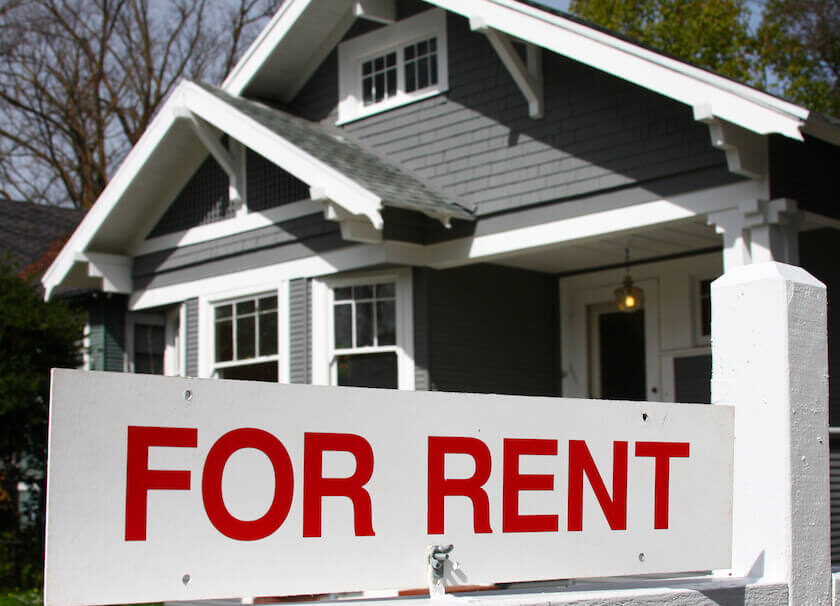Residential rental income is a reliable and potentially lucrative source of cash flow for investors in the real estate market. Many people are drawn to this income type because it offers steady returns, tax advantages, and opportunities for long-term wealth growth. This article delves into the essentials of residential rental income, exploring various strategies, the different types of rental properties, important metrics, and current trends in the market. We’ll break down the basics to help you understand how to maximize rental income, mitigate risks, and make informed investment decisions.
Table of Contents
ToggleWhat is Residential Rental Income?
Residential rental income refers to the money landlords earn from renting out residential properties to tenants. This income comes from various types of properties, including single-family homes, apartments, and condos. Rental income provides an opportunity for property owners to achieve consistent cash flow, where the rent collected can cover property expenses, contribute to profit, and grow wealth over time.
The appeal of residential rental income is its reliability, particularly in markets where housing demand remains strong. Additionally, as inflation rises, so do rental rates, allowing rental income to adjust with the economy. This inflation-adjusted cash flow provides a hedge against inflation, helping landlords maintain the purchasing power of their earnings.
Types of Residential Rental Properties
When it comes to residential rental income, choosing the right type of property is crucial. Different property types come with unique opportunities, tenant demographics, and rental yields. Here are some common types of residential rental properties:
Single-Family Homes
Single-family homes are standalone properties, often appealing to families who prefer more space and privacy. This type of property typically attracts long-term tenants, which can lead to a steady, predictable cash flow. However, single-family homes may yield a lower rental income compared to multi-family properties.
Multi-Family Units
Multi-family units, such as duplexes, triplexes, and apartment buildings, are ideal for investors seeking higher returns. These properties allow landlords to earn income from multiple tenants, reducing the risk of vacancy. Multi-family properties often yield a higher residential rental income than single-family homes due to multiple units being rented.
Condominiums
Condos are popular in urban areas and often attract young professionals. While they require less maintenance than standalone properties, condos can come with homeowner association (HOA) fees, which may affect profitability. Condos generally offer moderate rental income but are easy to maintain and can be profitable in high-demand locations.
Short-Term Rentals (Vacation Properties)
Short-term rentals, such as vacation homes or properties listed on platforms like Airbnb, offer high-income potential due to the flexibility of nightly pricing. However, they are subject to seasonal fluctuations and require more active management. Short-term rental income can be lucrative in tourist-heavy locations but may also involve higher costs for cleaning, turnover, and marketing.
Calculating Residential Rental Income
To evaluate the profitability of a rental property, it’s essential to calculate residential rental income accurately. This calculation considers gross rental income, operating expenses, and potential tax implications.
Gross Rental Income
Gross rental income is the total amount of rent collected from tenants before any expenses are deducted. This income serves as the baseline for calculating net income and determining the property’s profitability.
Operating Expenses
Operating expenses include costs such as property management fees, maintenance, repairs, utilities, insurance, property taxes, and HOA fees. Calculating these expenses accurately is vital for determining net rental income, which reflects the actual profit from the rental property.
Net Rental Income Formula
To calculate net rental income, use the following formula:
Net Rental Income = Gross Rental Income – Operating Expenses
This formula gives a clear picture of how much profit a property generates after all necessary costs are covered. Net rental income is a key metric for assessing an investment’s financial performance.
Table: Sample Calculation of Net Rental Income
| Income/Expense Category | Amount ($) |
|---|---|
| Gross Rental Income | $1,500 |
| Property Management Fees (8%) | -$120 |
| Maintenance and Repairs | -$80 |
| Property Taxes | -$100 |
| Insurance | -$50 |
| HOA Fees | -$60 |
| Net Rental Income | $1,090 |
This table illustrates how rental income can be calculated by subtracting expenses from gross rental income, resulting in a more accurate picture of actual earnings.
Maximizing Your Residential Rental Income
Maximizing residential rental income requires careful management, market awareness, and strategic decisions. Here are some effective strategies to enhance rental income:
Set Competitive Rental Rates
Setting the right rental rate is crucial for maintaining occupancy and maximizing income. Researching local market rates helps landlords set a competitive price while ensuring sufficient cash flow. Using rental comparison tools or consulting real estate professionals can aid in determining an optimal rate.
Minimize Vacancy Rates
Vacancies can severely impact residential rental income. To minimize vacancies, invest in tenant retention strategies, such as providing excellent customer service, responding promptly to maintenance requests, and offering lease renewal incentives. Satisfied tenants are more likely to renew their leases, ensuring steady income.
Enhance Property Features and Amenities
Properties with appealing features and amenities can attract higher-paying tenants. Adding features like modern appliances, energy-efficient windows, or a security system can increase rental value. In high-demand areas, additional amenities like a gym, pool, or pet-friendly policies may justify higher rent, leading to increased income.
Reduce Operating Costs
Reducing operating costs is an effective way to maximize net rental income. Conduct regular maintenance to avoid costly repairs, consider energy-efficient upgrades to lower utility costs, and shop for competitive rates on insurance policies. Reducing unnecessary expenses directly increases profitability.
Utilize Tax Benefits
Rental properties offer various tax advantages, such as deductions for property depreciation, repairs, mortgage interest, and insurance. Working with a tax professional can help landlords maximize these benefits and reduce tax liability. For more insights on tax-saving strategies, visit IRS’s Guide on Rental Income and Expenses.
Residential Rental Income Trends and Market Data
Recent trends in the rental market provide essential insights for landlords and investors. Understanding these trends helps investors make informed decisions and stay competitive in the evolving real estate market.
Rising Demand for Rental Properties
The demand for rental properties has risen significantly in recent years, driven by factors such as increasing housing prices and changing lifestyle preferences. According to the National Multifamily Housing Council (NMHC), nearly 44 million households in the U.S. are renters, a trend that continues to grow, especially in urban areas and among younger generations.
Growth of Remote Work
Remote work has influenced renters’ choices, with many seeking larger homes and more affordable rents outside major cities. This trend has led to increased demand for rental properties in suburban and rural areas, where rental rates tend to be lower but are experiencing growth due to heightened interest.
Higher Rental Rates
According to a recent report by Zillow, U.S. rental rates have risen by an average of 6.1% over the past year, with increases more prominent in high-demand areas. Rising rental rates reflect the strong demand for rental properties, helping landlords increase residential rental income but potentially pricing out some tenants.
Increased Focus on Sustainability
Many renters today value sustainable living, influencing landlords to adopt eco-friendly practices. Properties with energy-efficient appliances, solar panels, or green certifications tend to attract eco-conscious tenants who are often willing to pay higher rent, benefiting both landlords and the environment.
Table: Rental Rate Growth in Key U.S. Cities (2023)
| City | Average Monthly Rent ($) | Year-Over-Year Increase (%) |
|---|---|---|
| New York | $3,500 | 7.8 |
| San Francisco | $3,400 | 5.9 |
| Austin | $2,300 | 6.5 |
| Miami | $2,500 | 8.2 |
| Denver | $1,900 | 5.1 |
This table highlights how rental rates have increased across different regions, underscoring the value of researching specific markets to understand the potential for rental income growth.
Conclusion
Residential rental income provides investors with a stable and rewarding source of cash flow. By understanding the fundamentals of rental property types, calculating net rental income, implementing strategies to maximize income, and staying informed about market trends, investors can achieve long-term success in real estate.
Investing in residential rental properties offers a unique combination of steady cash flow, tax advantages, and growth potential. Whether you’re a seasoned investor or just starting, the key to success lies in smart decision-making, understanding market conditions, and continuously adapting to new trends in the rental market.




